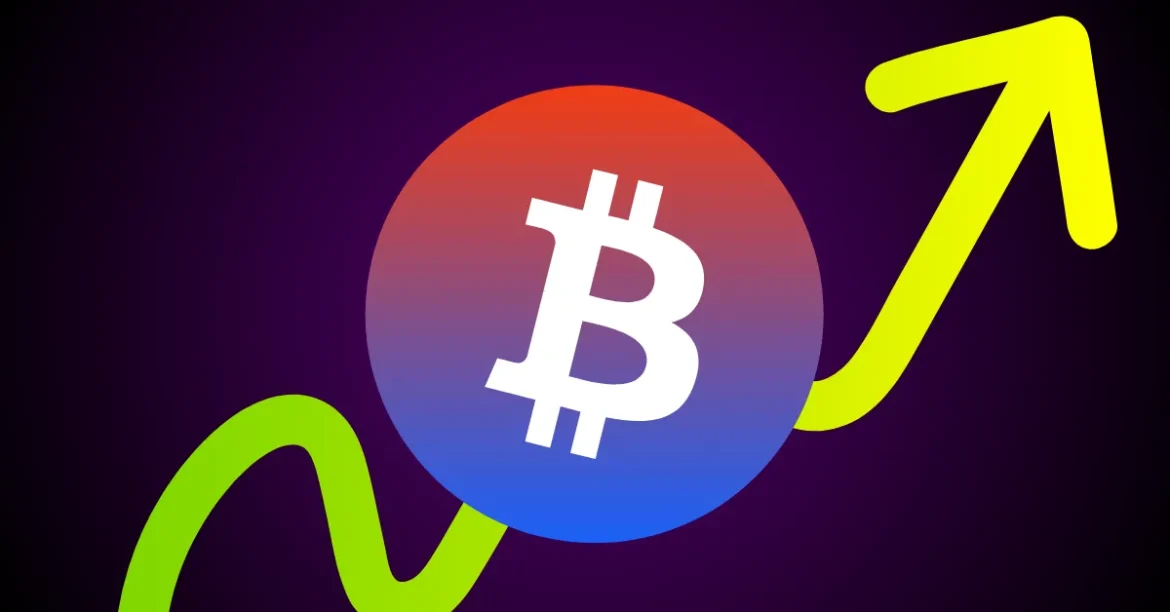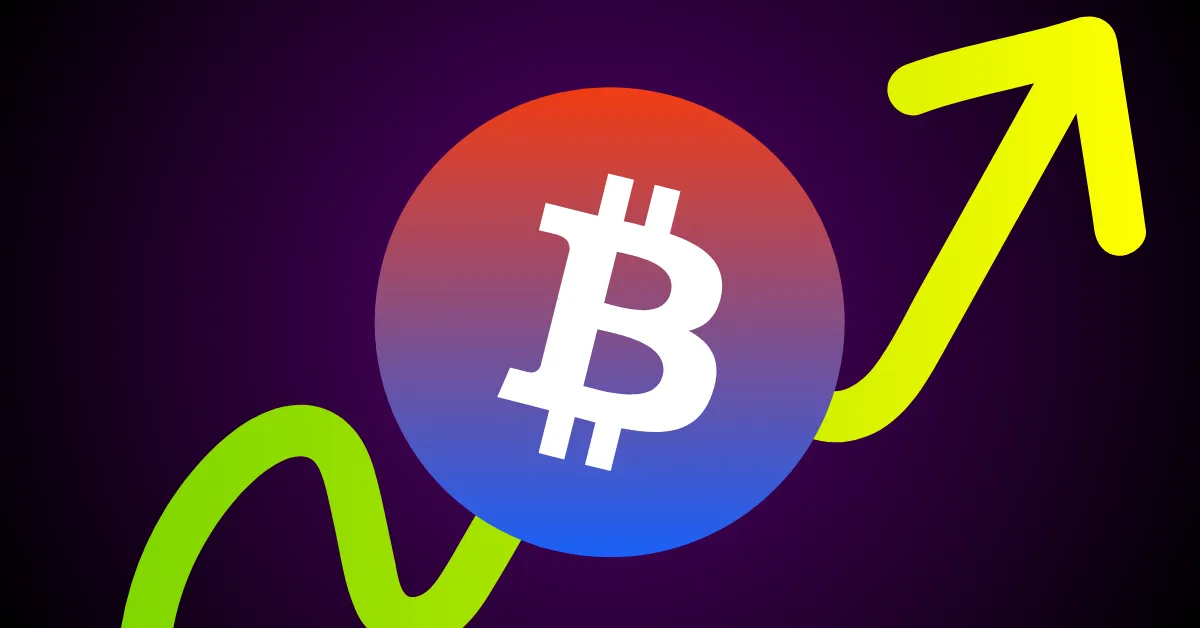The Emerging Competition: Bitcoin vs. U.S. Treasuries in Investor Portfolios
The financial landscape is witnessing a notable tension between traditional safe-haven assets, such as U.S. Treasury bonds, and the rapidly evolving world of cryptocurrencies, particularly Bitcoin. Recent market analyses and financial news suggest that investors may be revisiting their asset allocations in light of shifting yields on U.S. Treasuries and the growing appeal of Bitcoin. This dynamic reflects broader questions about risk, volatility, and the role of emerging assets in long-established portfolios.
—
The Status Quo: U.S. Treasuries as the Cornerstone of Safety
For decades, U.S. Treasuries have represented the bedrock of safety for investors worldwide. The 10-Year Treasury bond is especially significant as a benchmark for interest rates and a gauge of economic confidence. As of early April, the 10-Year Treasury yield hovered around 4.2%, after a brief decline to roughly 3.86%. However, it rebounded sharply, climbing nearly 15.4% within a week. This volatility in yields signals uncertainty surrounding traditional fixed-income assets, and such fluctuations can disrupt the strategic use of Treasuries for stable income and risk management.
—
Bitcoin: From Speculative Asset to Strategic Reserve
Bitcoin’s journey from a niche digital token to an increasingly recognized strategic asset is tied closely to these shifts. Market analysts like Jamie Coutts from RealVision have emphasized that Bitcoin’s price behavior now closely correlates with the volatility of U.S. Treasuries, tracked by indexes like MOVE, and corporate bond spreads. Despite recent dips in the U.S. dollar’s strength fueling bullish Bitcoin sentiment, overall market dynamics suggest that investors are contemplating Bitcoin as a form of portfolio diversification or even a hedge against inflation and sovereign debt risk.
Adding weight to this sentiment, BlackRock CEO Larry Fink warned that Bitcoin could, in the future, replace the U.S. dollar as a preferred reserve currency, especially amid concerns over mounting national debt. This speaks to a growing view that Bitcoin might challenge traditional fiat currencies and sovereign debt instruments by offering a decentralized, potentially more stable store of value, or at least an alternative asset unlinked to government fiscal policies.
—
Market Dynamics: The Interplay of Volatility and Demand
Volatility remains a double-edged sword for Bitcoin and Treasuries alike. Large Bitcoin options expiries often produce short-term price swings as traders adjust positions, injecting additional complexity into short-term forecasting. Meanwhile, the demand for long-dated U.S. Treasuries appears muted, which raises questions about investor confidence in traditional fixed-income strategies. The U.S. Treasury’s stance on issuing more long-term debt remains cautious, impacting market supply and sentiment.
Further complicating matters is the DXY Index’s pressure on Bitcoin prices. While a strong dollar typically dampens Bitcoin’s appeal, there is speculation that this influence might wane, especially if Treasury risks intensify. André Dragosch highlighted how rising systemic risks associated with U.S. Treasuries have prompted Bitcoin to decouple from the Nasdaq, positioning it as a potentially independent asset class less tethered to traditional equity markets.
—
Innovative Financial Instruments: Bridging Bitcoin and Treasuries
Emerging concepts like “Bitcoin-Enhanced Treasury Bonds” or programs resembling a “Strategic Bitcoin Reserve” illustrate novel ways governments and institutions might blend traditional and digital assets. The U.S. Executive Order recognizing Bitcoin as a strategic reserve asset—similar to digital gold—could authorize acquiring Bitcoin in budget-neutral ways, signaling governmental openness to integrating it into national financial strategy.
Additionally, theoretical discussions propose transitioning existing trust funds, for instance within Social Security, from Treasury bonds into Bitcoin or Bitcoin-denominated bonds. While current Bitcoin volatility poses practical challenges, long-term projections suggest that Bitcoin’s exchange rate may stabilize sufficiently to make these strategies viable by mid-century.
—
The Portfolio Perspective: Risk, Return, and Diversification
The debate over whether Bitcoin is supplanting U.S. Treasuries often centers on portfolio risk management. Traditional “60/40” portfolios have balanced equities and bonds for decades, with Treasuries providing ballast against stock market volatility. Bitcoin, despite its higher risk profile, has demonstrated the ability to boost portfolio Sharpe ratios — a measure of risk-adjusted returns—offering compensation for its volatility.
However, the structure is asymmetric: investors bear Bitcoin’s downside risk fully while benefiting only partially from upside gains when blended with bonds. This nuance keeps bonds relevant, especially for risk-averse investors, but encourages a more dynamic, context-dependent asset allocation approach.
Regional differences are also notable. For instance, Asia-Pacific markets have shown a more prolonged impact of Bitcoin’s volatility on portfolio adjustments compared to Western markets, reflecting varying degrees of adoption, regulatory frameworks, and investor behavior.
—
Conclusion: An Evolving Financial Ecosystem
The gradual – but perceptible – shift from U.S. Treasury dominance towards Bitcoin engagement does not signal an outright displacement but rather an evolution in investor behavior and market structure. Bitcoin is not simply an alternative asset but increasingly a strategic tool for managing sovereign debt risk, inflation hedging, and portfolio diversification amid unprecedented fiscal challenges.
Markets are responding to a complex interplay of traditional bond yields’ volatility, the macroeconomic role of the U.S. dollar, and the maturation of cryptocurrency markets. Governments and investors alike face the consequential task of integrating digital assets like Bitcoin into their decision-making frameworks without ignoring the enduring advantages and roles of traditional securities.
What emerges is a picture of coexistence, transformation, and innovation—where Bitcoin may carve out a growing space alongside U.S. Treasuries, influencing portfolio composition, fiscal policy, and possibly the future of global reserve currencies. The dialogue between bonds and Bitcoin is not one of outright replacement but of a nuanced recalibration in the architecture of investment strategy.





